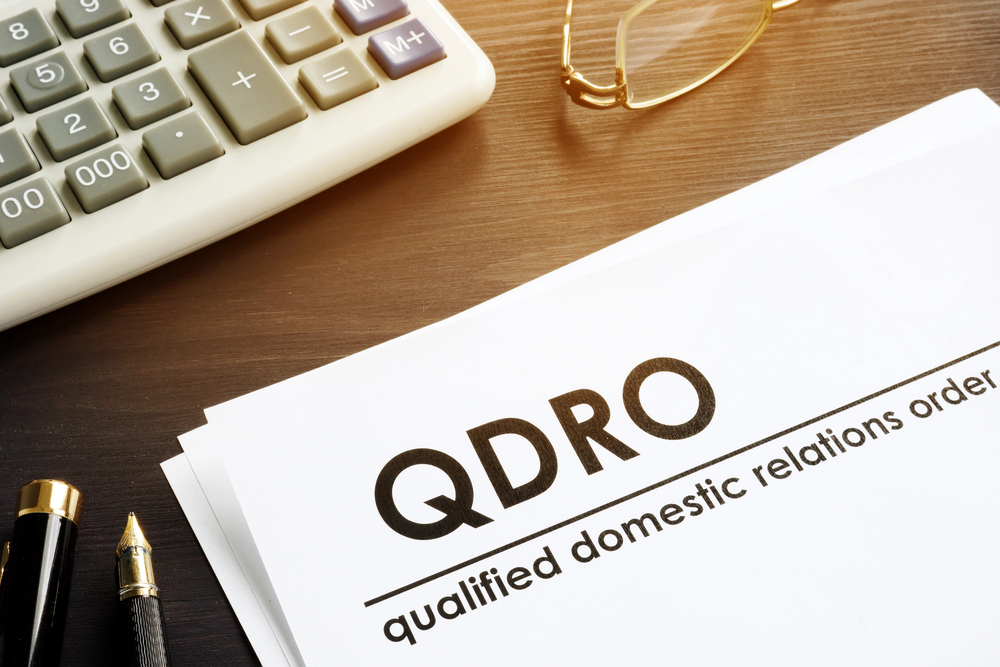 Divorce is a challenging process, filled with emotional and financial complexities. Among the many financial aspects to consider is the division of retirement assets. One key tool in this process is a Qualified Domestic Relations Order (QDRO). Understanding what a QDRO is and how it impacts your divorce can help you navigate this difficult time more effectively. Keep reading for some important information on this topic, and if you need help navigating the complexities of asset division in a divorce, contact The Harr Law Firm to schedule a consultation.
Divorce is a challenging process, filled with emotional and financial complexities. Among the many financial aspects to consider is the division of retirement assets. One key tool in this process is a Qualified Domestic Relations Order (QDRO). Understanding what a QDRO is and how it impacts your divorce can help you navigate this difficult time more effectively. Keep reading for some important information on this topic, and if you need help navigating the complexities of asset division in a divorce, contact The Harr Law Firm to schedule a consultation.
Understanding a QDRO
A Qualified Domestic Relations Order (QDRO) is a legal order following a divorce or legal separation that splits and changes ownership of a retirement plan to give the divorced spouse their share of the asset. QDROs apply to employer-sponsored retirement plans covered by the Employee Retirement Income Security Act (ERISA), including 401(k) plans, pensions, and other defined contribution or defined benefit plans.
Key Elements of a QDRO
A QDRO must contain specific information to be considered valid. This includes:
How Does a QDRO Work?
A QDRO ensures that retirement assets are divided in compliance with both federal law and the terms of the retirement plan. Once the divorce decree is issued, a QDRO must be drafted and approved by the court and the retirement plan administrator. Implementing a QDRO requires individuals to follow careful steps:
Impact of a QDRO on Your Divorce
The QDRO can have significant implications on the financial settlement of a divorce. Here are some key impacts to consider:
Common Issues and Considerations
One common issue with QDROs that you need to keep in mind is the inherent complexity surrounding retirement plans. Different retirement plans have varying rules and structures. It is essential to understand the specific terms and conditions of the plan(s) being divided. Working with a knowledgeable attorney and financial advisor can help navigate these complexities.
Additionally, a QDRO must be precise and accurate. Any errors or ambiguities can lead to delays or rejection by the plan administrator. Ensuring that all required information is included and clearly stated is crucial for a smooth process.
Given the complexity and importance of a QDRO, seeking professional assistance is advisable. An attorney with experience in family law and QDROs can provide valuable guidance and ensure that the order complies with legal and plan requirements. If you are navigating a divorce and need assistance with QDROs or other financial aspects, contact The Harr Law Firm today for professional guidance and support. Our experienced attorneys are here to help you through every step of the process, ensuring your rights and interests are protected.